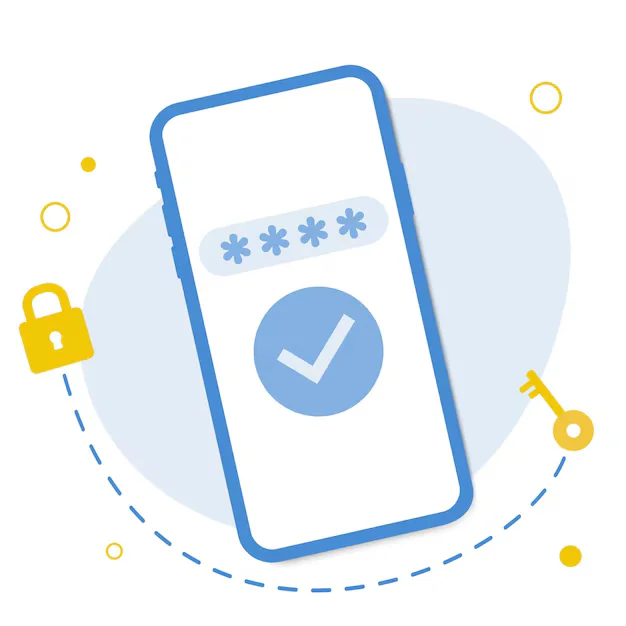Building a custom PHP blog system using MySQL is one of the best ways to learn how dynamic websites work. If you’re looking to create your own blog without using WordPress or other heavy content management systems, a lightweight, secure, and scalable solution can be built entirely with PHP and MySQL. This guide walks you through the key elements of creating a fully functional blog — with a focus on performance, content management, and SEO optimization.
Why Build a Custom Blog System in PHP?
Creating a blog using PHP and MySQL gives you full control over both the backend logic and the frontend user experience. Unlike prebuilt CMS platforms, which often include unnecessary features and plugins, a custom PHP blog lets you focus only on the features you need — while improving site speed and security.
A blog created in PHP is faster, more secure (if properly coded), and easier to scale. It’s ideal for developers who want to build a platform tailored to their specific content goals, whether it’s for personal blogging, company updates, or tutorials.
Database Setup: Designing Your Blog Structure in MySQL
The foundation of any blog system lies in the database. MySQL is used to create structured tables to store blog content. Your database schema should include essential fields such as:
-
Blog post ID
-
Title
-
Slug (for clean URLs)
-
Content body
-
Date and time
-
Author name
-
Category or tag
This structured data allows PHP to dynamically display content across the homepage, individual post pages, archives, and more. A well-optimized MySQL table ensures faster queries and smoother blog performance.
PHP Frontend Pages: Displaying Blog Content Dynamically
The frontend of your PHP-MySQL blog system includes multiple views:
-
A homepage showing recent posts
-
Individual post pages using dynamic URLs
-
Optional category or tag filtering pages
Each page uses PHP to retrieve relevant data from MySQL and render it using HTML and CSS. By organizing your PHP templates, you ensure maintainability and allow for consistent styling and responsiveness across your site.
Clean URLs (like yourblog.com/how-to-learn-php) should be implemented using URL rewriting (e.g., .htaccess), improving both SEO and user readability.
Admin Panel: Managing Blog Posts with PHP CRUD Functions
To truly control your blog, you need a secure admin dashboard. This backend panel allows you to:
-
Create new posts (using
INSERTstatements) -
Edit existing posts (using
UPDATE) -
Delete posts (with
DELETE) -
Display all posts (with
SELECT)
All of this is handled through PHP’s connection to MySQL, typically using PDO or MySQLi with prepared statements for security. Access to the admin panel should be protected using PHP session-based login systems to restrict unauthorized users.
Security Best Practices for Your PHP Blog
Security is non-negotiable when building a blog with PHP and MySQL. Common attack vectors include SQL injection, cross-site scripting (XSS), and brute-force admin login attempts.
To prevent these threats:
-
Use prepared statements in all SQL queries
-
Sanitize HTML output with
htmlspecialchars() -
Hash user passwords using
password_hash() -
Restrict file upload permissions if using media uploads
A secure PHP blog not only protects your server and database but also boosts your SEO score — since Google penalizes compromised or unsafe sites.
Optimizing Your PHP Blog for SEO and Speed
A custom blog built in PHP can easily be optimized for search engine visibility. Key strategies include:
-
Dynamic meta titles and meta descriptions per post
-
Clean and semantic HTML markup
-
Image
altattributes and file compression -
Fast-loading templates with minimal JavaScript
-
Proper heading structure (
<h1>for titles,<h2>for subheadings) -
Sitemap generation and submission to Google Search Console
Use SEO-friendly slugs (post URLs), link internally between related posts, and ensure your PHP templates include Open Graph tags and canonical URLs to boost visibility.
Extending Functionality of Your PHP Blog
As your blog grows, you can expand your PHP system with:
-
Pagination for large blog archives
-
Categories and tags with filtering options
-
A comment system with moderation
-
User authentication for multi-author blogs
-
A search bar using
LIKEqueries or full-text search
You can also create RSS feeds, email newsletters, and integrate analytics tracking to monitor user behavior and engagement.







